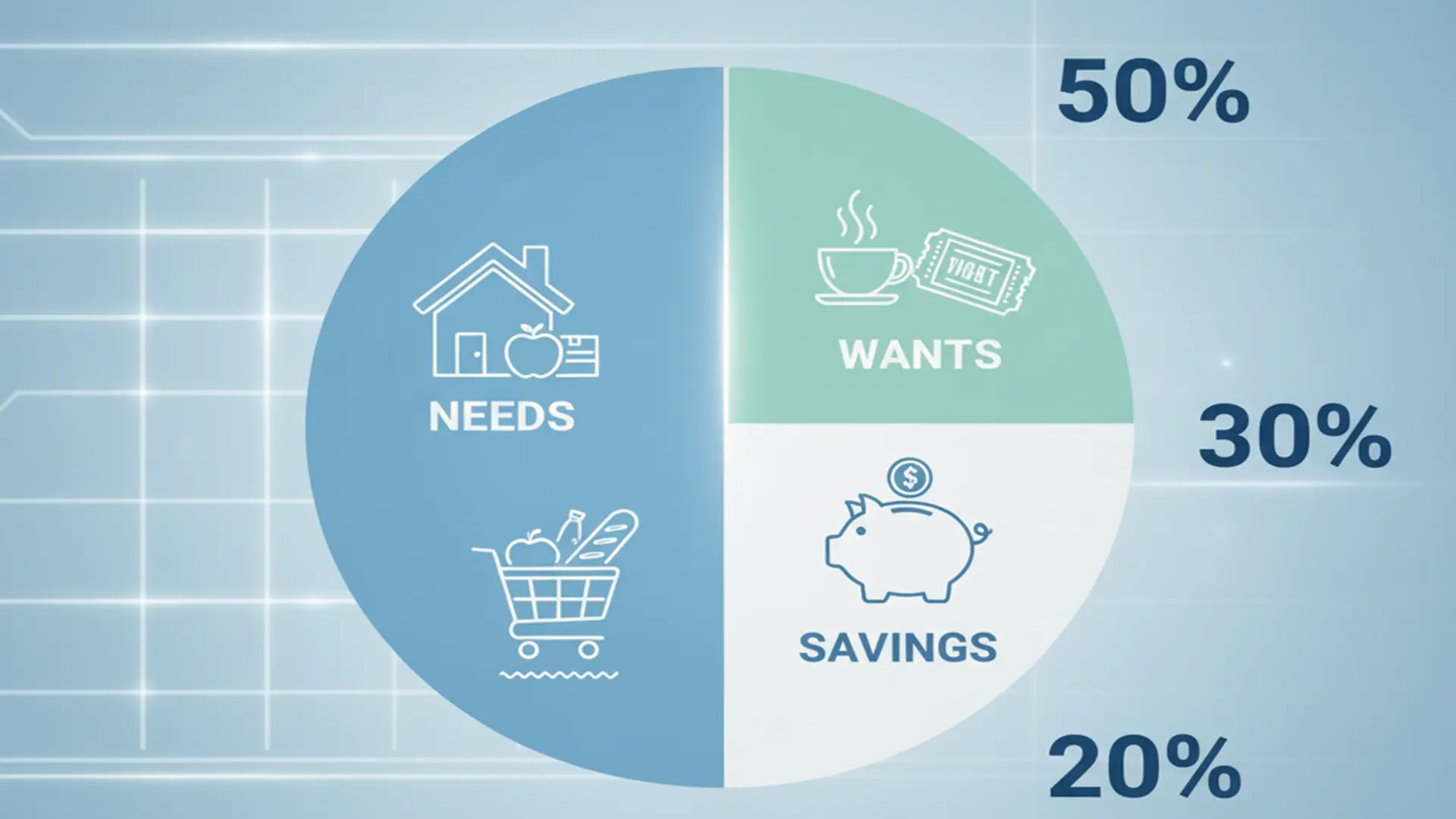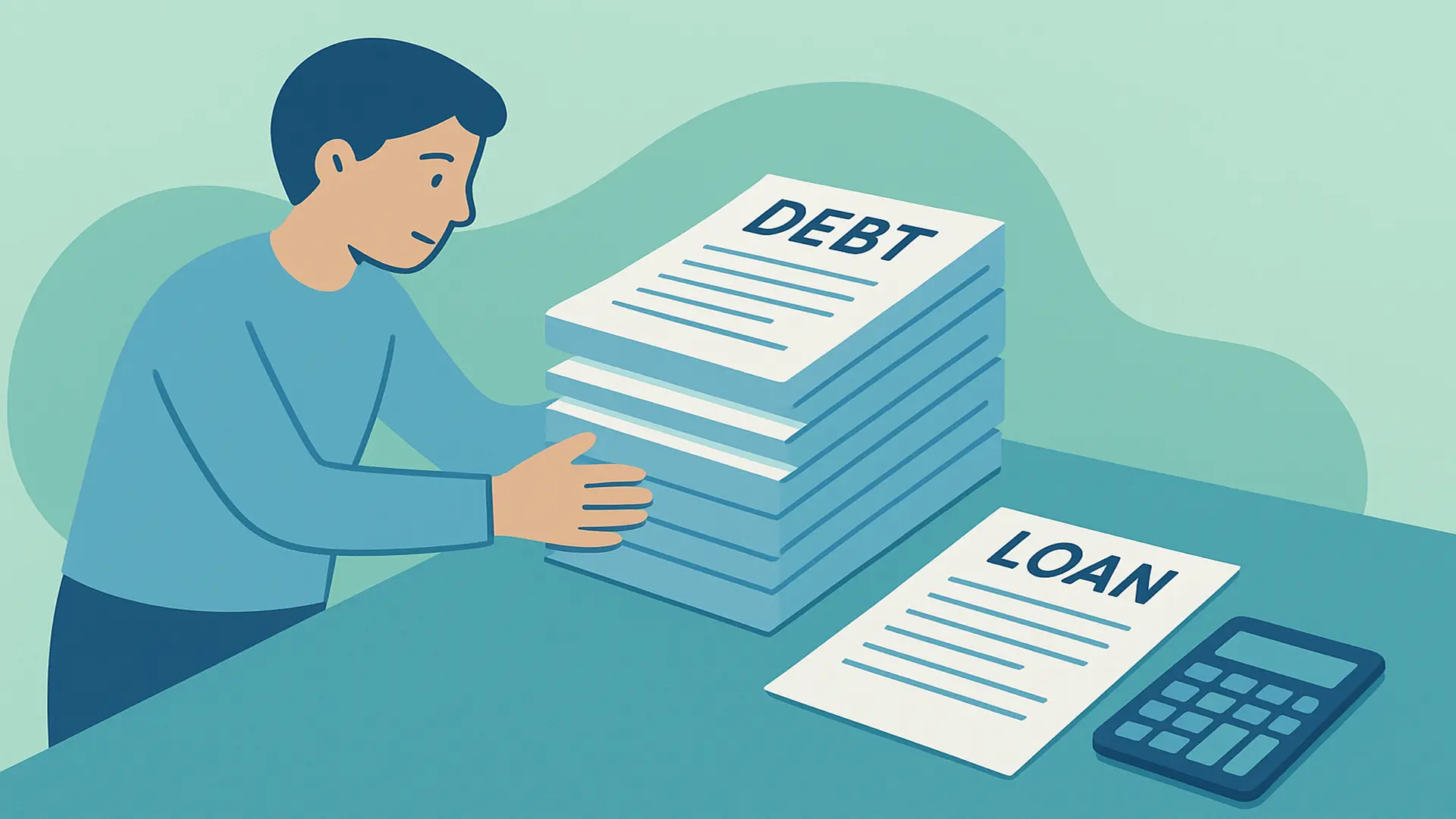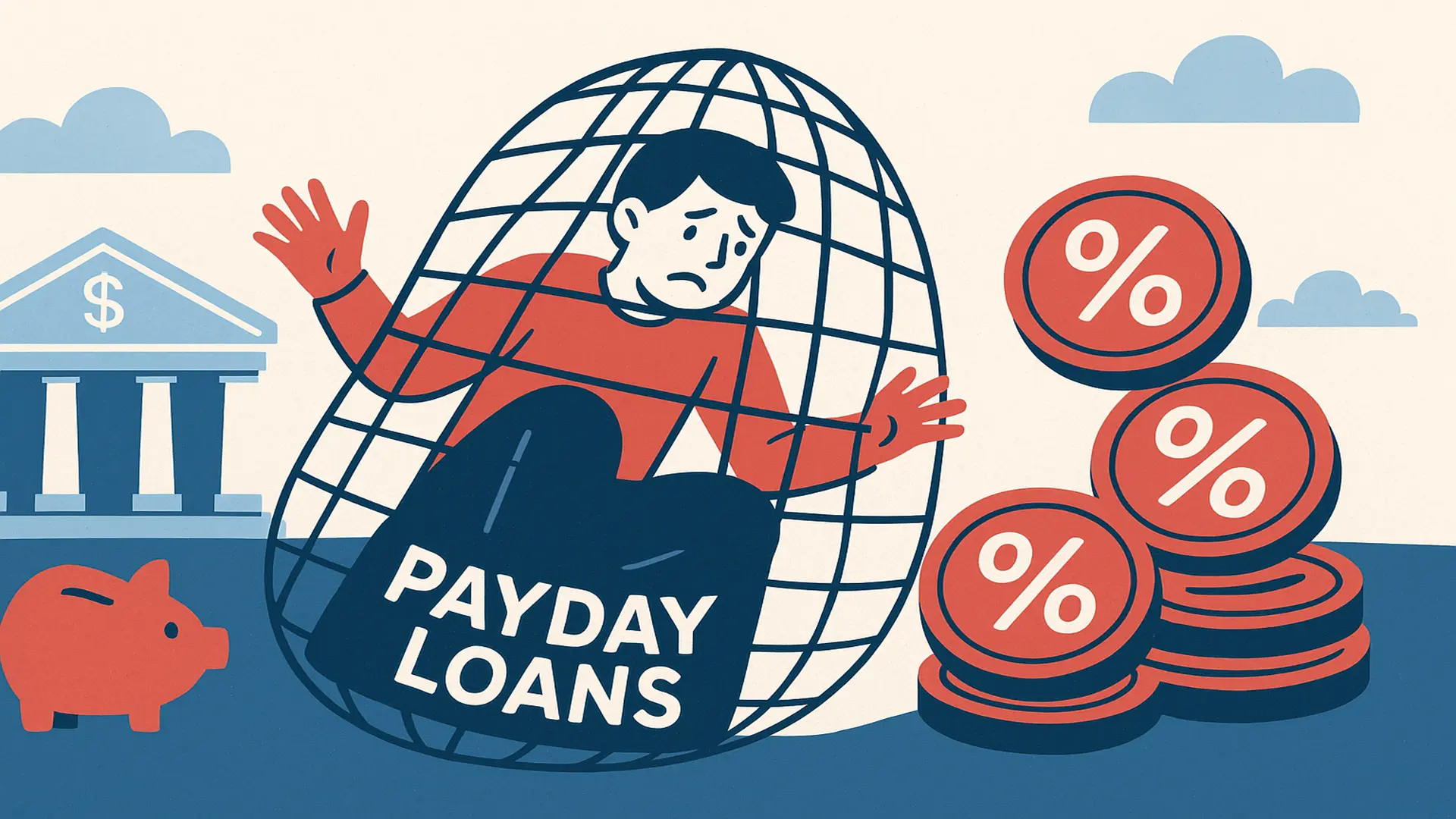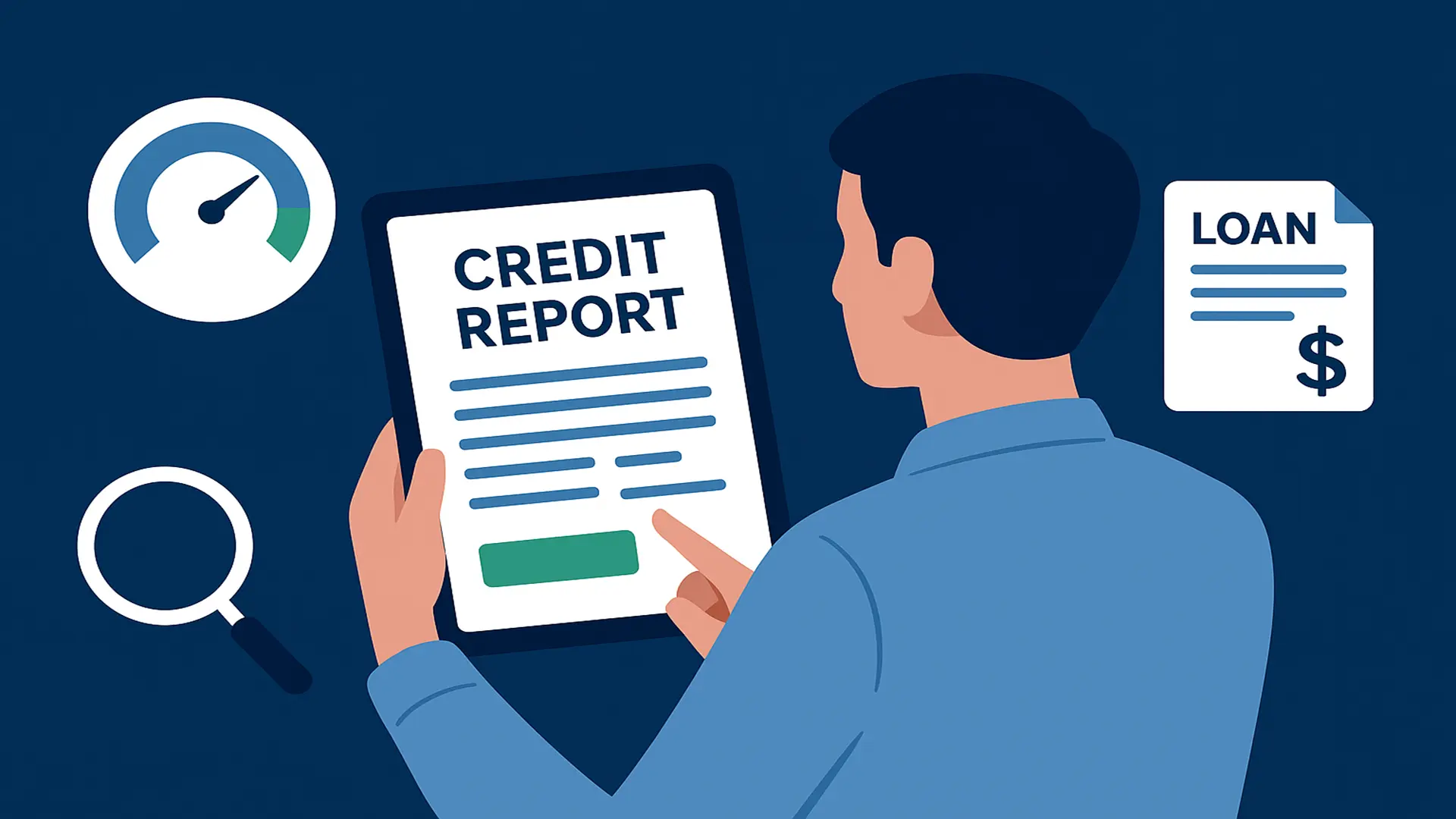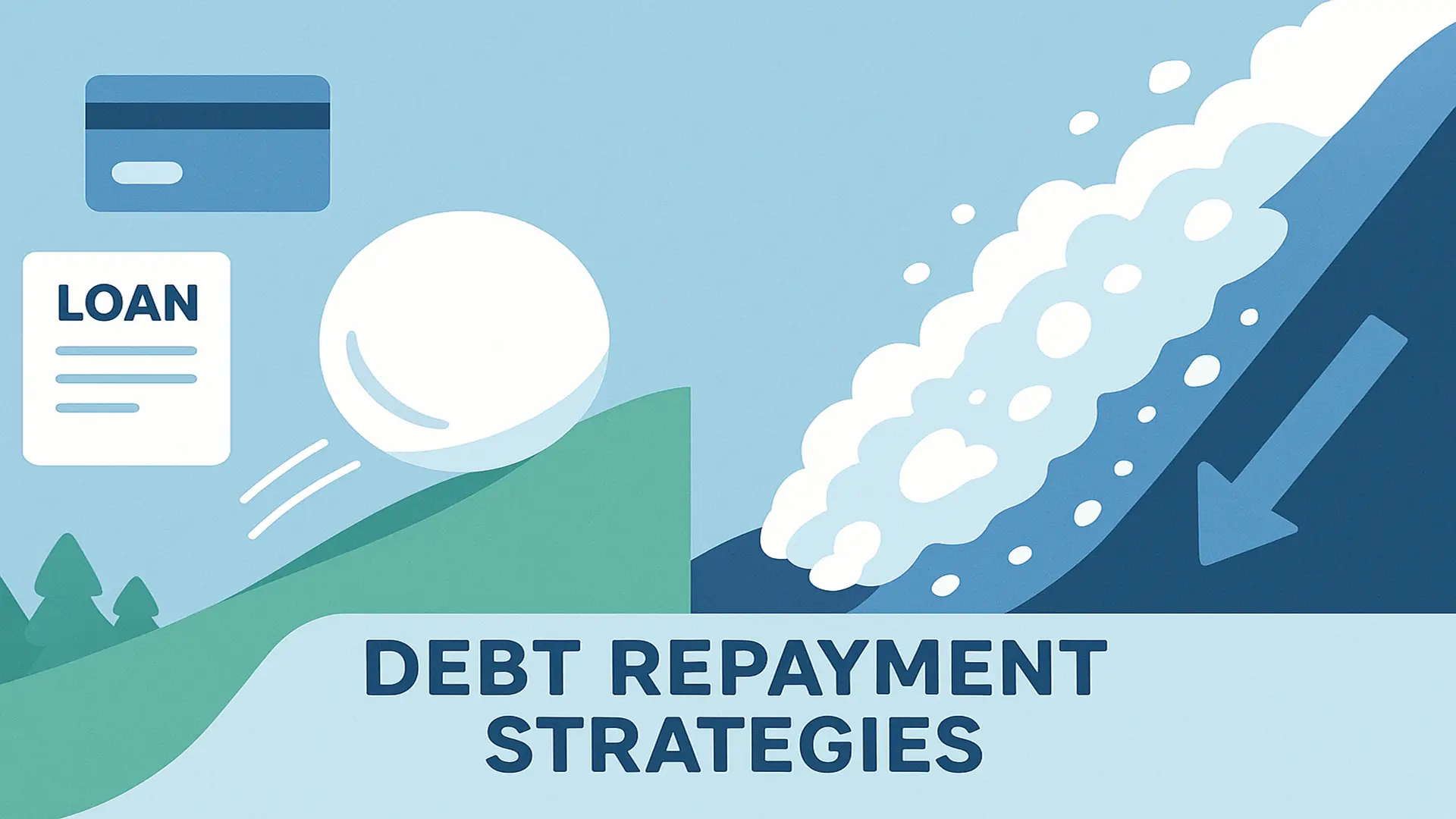Life is unpredictable—car repairs, medical bills, or sudden job loss can hit hard, especially on a tight budget. An emergency fund acts as a financial safety net, giving you peace of mind. For low-income households, building one from scratch may seem daunting, but it’s achievable with small, consistent steps. This guide explains why an emergency fund is essential and provides practical steps to create one, even if you’re starting with nothing. Let’s explore how to save smartly and secure your future.
Why You Need an Emergency Fund
An emergency fund is money set aside for unexpected expenses. It prevents you from relying on high-interest loans or credit cards during crises. Financial experts in 2025 recommend having 3–6 months’ worth of living expenses saved, but even ₹10,000 can make a difference. For low-income earners, this fund is a lifeline, covering essentials without derailing your budget.
Without an emergency fund, small setbacks can spiral into debt. A 2024 survey found that 60% of low-income families faced financial stress due to unplanned expenses. An emergency fund reduces anxiety, letting you focus on long-term goals like debt repayment or retirement. It’s not about how much you save but starting where you are.
Step 1: Set a Realistic Goal
Start by setting a small, achievable savings goal. For beginners, aim for ₹5,000–₹10,000 as an initial target. This covers minor emergencies like medical visits or phone repairs. Once you reach this, aim for one month’s expenses, then gradually work toward 3–6 months.
Calculate your monthly essentials—rent, groceries, utilities. If these total ₹15,000, your ultimate goal might be ₹45,000–₹90,000. Break it into manageable chunks, like saving ₹500 monthly. Small goals keep you motivated, especially when income is limited. Adjust your target as your situation changes.
Step 2: Assess Your Income and Expenses
To build an emergency fund, know your financial starting point. Calculate your net monthly income—your take-home pay after taxes. For example, if you earn ₹20,000 monthly from a job and ₹2,000 from a side gig, your total is ₹22,000. Include all reliable income sources, like government benefits.
Next, list your expenses—rent, utilities, groceries, transportation. Identify areas to cut back, like eating out or subscription services. A 2025 financial report suggests that low-income households can save 5–10% of income by reducing non-essentials. Even ₹200 saved weekly adds up to ₹800 monthly for your fund.
Step 3: Start Small and Automate Savings
Saving doesn’t require big sacrifices. Start with what you can afford—₹100 or ₹500 monthly. For low-income earners, consistency matters more than amount. Treat savings like a bill, prioritizing it in your budget. If possible, automate transfers to a savings account to avoid temptation.
Open a separate savings account for your emergency fund. Many Indian banks in 2025, like SBI or HDFC, offer no-minimum-balance accounts with decent interest rates. Automation ensures you save before spending. Over time, small contributions grow, especially with compound interest.
Step 4: Cut Expenses to Boost Savings
Finding extra money for savings is key for low-income households. Review your expenses for cost-saving opportunities. Switch to a cheaper phone plan, saving ₹200 monthly, or buy groceries in bulk at local markets to cut ₹500. Cooking at home instead of ordering food can save ₹1,000 monthly.
Explore government schemes to reduce costs. In India, programs like Pradhan Mantri Ujjwala Yojana offer subsidized cooking gas, freeing up funds. Redirect these savings to your emergency fund. Small changes add up, making it easier to reach your goal without feeling deprived.
Step 5: Supplement Income with Side Hustles
If cutting expenses isn’t enough, boost your income. Side hustles like tutoring, delivery driving, or selling handmade goods online are accessible in 2025. For example, driving for a ride-share app can earn ₹2,000–₹5,000 monthly. Dedicate this extra income to your emergency fund.
Freelancing platforms like Upwork or local gigs via WhatsApp groups are great for low-income earners. Even ₹1,000 extra monthly accelerates your savings. Choose hustles that fit your schedule and skills to avoid burnout. Every bit helps your fund grow faster.
Step 6: Protect Your Emergency Fund
An emergency fund is for true emergencies—medical bills, job loss, or urgent repairs. Avoid dipping into it for non-essentials like shopping or vacations. Keep it in a separate account to reduce temptation. If you use the fund, replenish it as soon as possible.
Track your progress monthly to stay motivated. Celebrate milestones, like reaching ₹5,000, with a low-cost reward, like a favorite snack. Financial advisors in 2025 emphasize that protecting your fund builds discipline, ensuring it’s there when you need it most.
Conclusion
Building an emergency fund from scratch is a powerful step toward financial security. By setting realistic goals, cutting expenses, automating savings, and exploring side hustles, even low-income households can create a safety net. Start small, stay consistent, and protect your fund for true emergencies. This approach reduces stress and prepares you for life’s surprises. Take the first step today—your future self will thank you.
FAQ
Q: How much should my emergency fund be?
A: Aim for ₹5,000–₹10,000 initially, then 3–6 months’ expenses (₹45,000–₹90,000 for ₹15,000 monthly costs).
Q: Can I build an emergency fund with low income?
A: Yes, save small amounts like ₹100–₹500 monthly and cut non-essential expenses to free up funds.
Q: Where should I keep my emergency fund?
A: Use a separate savings account with easy access but no debit card to avoid spending it.
Q: What qualifies as an emergency?
A: Emergencies include medical bills, job loss, or urgent repairs—not vacations or discretionary purchases.
Q: How do I stay motivated to save?
A: Set small milestones, track progress, and celebrate with affordable rewards to maintain momentum.



